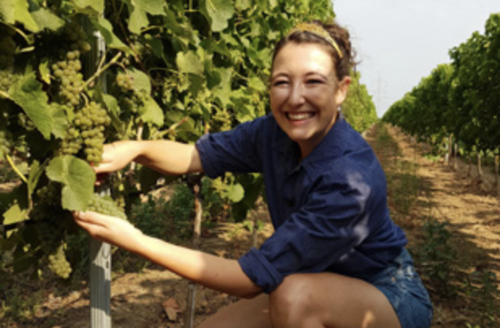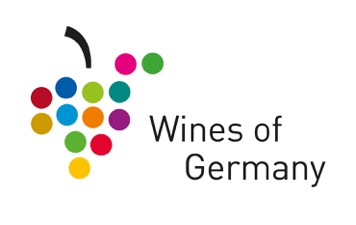De første druene høstet i Tyskland med 100 ° Oe
Pressemelding
Publisert 11. august 2020
10. august startet årets høst for delvis gjæret ny vin - lokalt kjent som Federweisser - i Pfalz-regionen (Pfalz). Druene av den tidlig modne Solaris-sorten var veldig sunne og allerede ganske modne, med over 100 grader Oechsle, selv på denne relativt tidlige høsttiden.
Her kan du lese hele pressemelding fra DWI
Vegetation rate ahead of average
As reported by the German Wine Institute, the vines are currently about a week ahead of the previous year in terms of their maturity. Depending on the region, the start of the main vintage is expected as early as late August to early September. Late ripening varieties such as Riesling will probably not be ready for harvesting until mid to late September – depending on the individual growing areas.
This year the vines started growing very early. After a warm and sunny spring, they sprouted almost two weeks earlier than the long-term average. In the Rheingau region there was even talk of the second earliest bud emergence since weather records began there, the earliest being in 2014. This year, the vines also began to bloom in warm locations at the end of May, eight to ten days before the 30-year average. Therefore, an early start to the year's harvest was predicted even then, because the grapes are usually ready to harvest around 90 to 100 days after flowering.
Partial damage through late frosts, drought and sunburn
However, late frosts around the date of the „Ice Saints“ between the 10th and 15th of May, have led to considerable frost damage in a band running from North Baden via North Württemberg and Franconia to Saale-Unstrut and Saxony. In the two eastern wine growing regions in particular, relatively large yield losses are expected.
The general drought is also widespread in the German vineyards. There has been repeated rainfall in the last few months, but it was distributed very differently between the regions and often only provided a brief reprieve. The current water supply is similarly varied in the individual wine regions. Most of the older vineyards with deep-rooted vines have an advantage in this case, and are still in relatively good condition. However, young plants and vineyards on soils with little water storage, can show symptoms of stress, especially with the current extreme heat waves, and some of them have to be irrigated.
Similar to last year, temperatures of more than 30 degrees Celsius (86+ Fahrenheit) have already caused sunburn damage to grapes across all areas. This reduces the yield, but has no influence on the quality of the wine. The severity of the damage can only be estimated after the hot period.
Optimistic view on a promising vintage
All things considered, the grapes in Germany's vineyards are very healthy at the moment, which suggests beautiful fruity white wines. However, the weather in the next few weeks will be decisive for the quality of the vintage. The preference would be for a little rain first followed by a nice Indian summer.
Winemakers are therefore cautiously optimistic about a high quality 2020 wine year with good yields. To what extent the total national harvest will be above or below the ten-year average of 8.7 million hectoliters, remains to be seen.
